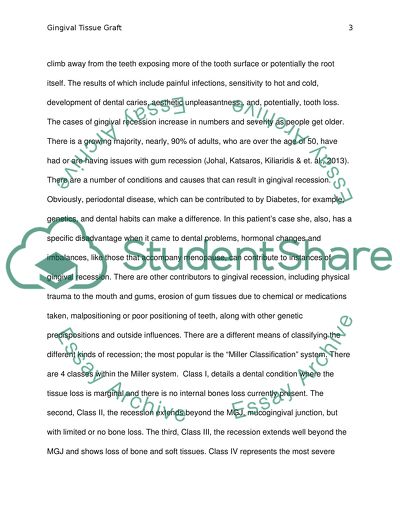Cite this document
(“Patient with moderate to severe gingival recession- gingival tissue Research Paper”, n.d.)
Retrieved from https://studentshare.org/health-sciences-medicine/1496174-patient-with-moderate-to-severe-gingival-recession
Retrieved from https://studentshare.org/health-sciences-medicine/1496174-patient-with-moderate-to-severe-gingival-recession
(Patient With Moderate to Severe Gingival Recession- Gingival Tissue Research Paper)
https://studentshare.org/health-sciences-medicine/1496174-patient-with-moderate-to-severe-gingival-recession.
https://studentshare.org/health-sciences-medicine/1496174-patient-with-moderate-to-severe-gingival-recession.
“Patient With Moderate to Severe Gingival Recession- Gingival Tissue Research Paper”, n.d. https://studentshare.org/health-sciences-medicine/1496174-patient-with-moderate-to-severe-gingival-recession.


